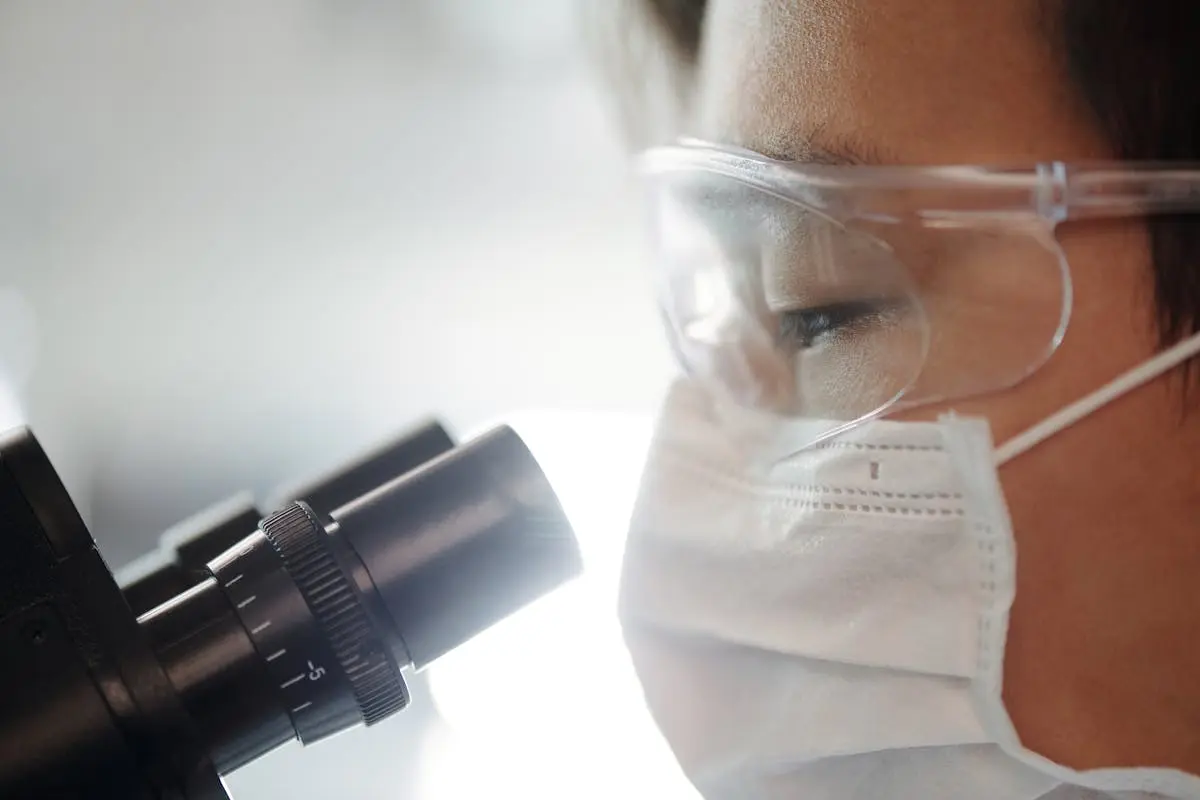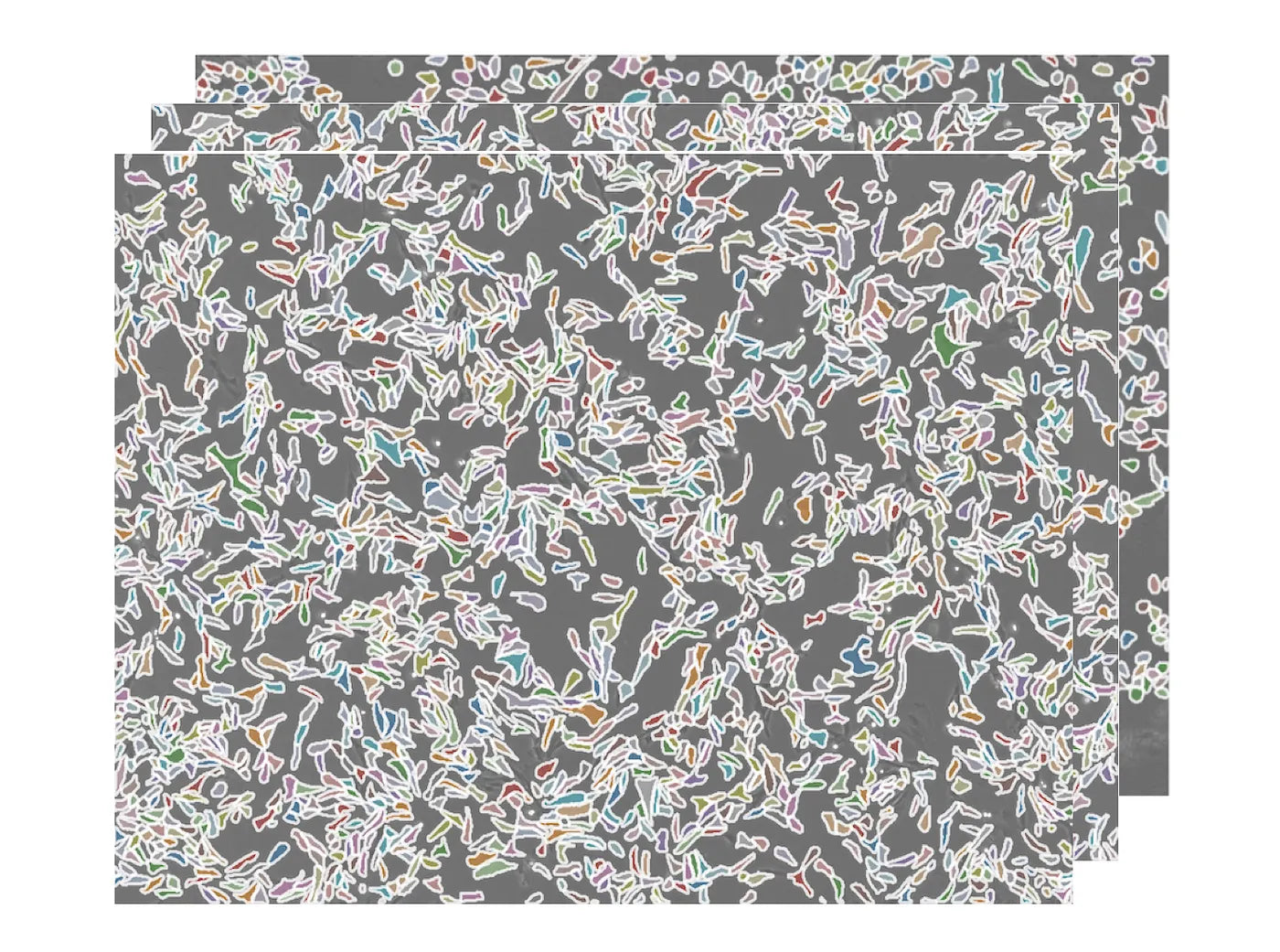Embarking on a journey with induced pluripotent stem cells (iPSCs) opens up a world of scientific possibilities, but it comes with its set of challenges. From maintaining the delicate balance of culture conditions to troubleshooting common issues, the longevity of iPSCs demands innovative solutions. Let’s delve into the realm of iPSC maintenance challenges and explore effective strategies to overcome them.
Understanding iPSC Maintenance Challenges
Maintaining induced pluripotent stem cells (iPSCs) poses a myriad of challenges, stemming from their unique characteristics. These cells, reprogrammed from adult cells, require meticulous care to preserve their pluripotency and genomic integrity. One of the primary hurdles in iPSC maintenance revolves around the delicate balance of culture conditions. Any slight deviation can impact cell health and compromise research outcomes.
Furthermore, iPSCs are prone to genetic and epigenetic variations during long-term culture, necessitating vigilant monitoring to detect and address aberrations promptly. The quest for stable iPSC lines is an ongoing pursuit, driving researchers to optimize culture protocols and molecular tools for enhanced maintenance efficiency.
In addition to genetic stability, another challenge lies in the potential for spontaneous differentiation, where iPSCs differentiate into undesired cell types. Controlling this process requires a deep understanding of signaling pathways and culture parameters to steer iPSCs towards the desired lineage, ensuring the purity of the cell population for downstream applications.
The complexity of iPSC maintenance extends to cell expansion and passaging techniques, where improper handling can compromise cell viability and functionality. Developing skills in efficient passaging methods and maintaining aseptic conditions are essential for sustaining iPSC cultures and preventing contamination events that can derail experiments.
Establishing Optimal iPSC Culture Conditions
Creating a nurturing environment for iPSCs involves fine-tuning culture conditions to mimic the stem cell niche found in vivo. Factors such as media composition, growth substrates, and oxygen levels play a crucial role in sustaining iPSC pluripotency and self-renewal capacity.
Optimizing feeder-dependent or feeder-free culture systems requires a nuanced approach to meet the specific requirements of different iPSC lines. Attention to detail in media changes, passaging frequency, and monitoring cell morphology are integral to maintaining healthy iPSC colonies and preserving their differentiation potential.
Moreover, advances in chemically defined media formulations and xeno-free culture systems offer alternatives to traditional culture methods, promoting standardized conditions for iPSC maintenance across diverse research settings. By embracing these innovations, researchers can mitigate variability and enhance reproducibility in iPSC culture practices.
Moreover, advances in chemically defined media formulations and xeno-free culture systems offer alternatives to traditional culture methods, promoting standardized conditions for iPSC maintenance across diverse research settings. By embracing these innovations, researchers can mitigate variability and enhance reproducibility in iPSC culture practices.
HiDef® B8 Growth Medium
One such advanced culture medium is HiDef® B8 Growth Medium, specifically formulated for the robust expansion and maintenance of human induced pluripotent stem cells (iPSCs). This medium provides a precisely balanced composition of nutrients, growth factors, and cytokines to support the optimal growth and viability of iPSCs in vitro. HiDef-B8 promotes consistent cell proliferation, preserves pluripotency, and minimizes spontaneous differentiation, ensuring the reliability and quality of iPSC cultures.
Key Features:
- Supportive formulation for robust expansion and maintenance of iPSCs
- Precisely balanced composition of nutrients, growth factors, and cytokines
- Promotes consistent cell proliferation and preserves pluripotency
- Minimizes spontaneous differentiation to maintain the quality of iPSC cultures
Ready-CEPT
In addition to utilizing HiDef-B8 Growth Medium, researchers can enhance the viability and health of iPSCs during passaging and thawing processes by incorporating Ready-CEPT supplement. Ready-CEPT™ is specifically designed to improve cell recovery and viability post-thawing, ensuring high cell survival rates and maintaining the integrity of iPSC populations during culture manipulation steps.
By combining the advantages of HiDef-B8 Growth Medium with the benefits of Ready-CEPT supplement, researchers can establish a comprehensive and optimized culture system for iPSC maintenance, aligning with standardized practices and enhancing reproducibility in iPSC culture methodologies.
Troubleshooting Common iPSC Maintenance Issues
Navigating through common hurdles in iPSC maintenance requires a systematic approach to identify and resolve issues promptly. Cell detachment during passaging, fluctuations in growth rates, and contamination events are recurring challenges that demand attention to detail and quick intervention.
Implementing stringent quality control measures, such as regular mycoplasma testing and genomic analysis, can safeguard iPSC cultures from detrimental anomalies. Efficacious troubleshooting strategies rely on collaboration among researchers, sharing knowledge and best practices to address maintenance issues effectively.
Furthermore, establishing standard operating procedures (SOPs) for iPSC culture and maintenance protocols can streamline troubleshooting processes and ensure consistency in handling cell lines across research teams. Proactive monitoring and documentation are vital components in diagnosing and resolving common maintenance issues in iPSC cultures.
Innovative Solutions for iPSC Longevity
Pioneering the field of iPSC maintenance involves harnessing innovative solutions to enhance cell longevity and functionality. From the integration of small molecules to modulate cell signaling pathways to the use of gene editing technologies for precise genomic modifications, researchers are constantly evolving strategies to fortify iPSC resilience.
The advent of 3D culture systems and organoid technology offers platforms to recapitulate complex tissue microenvironments, providing valuable insights into disease modeling and regenerative medicine applications. By embracing cutting-edge tools and methodologies, scientists can push the boundaries of iPSC research and unlock new avenues for therapeutic development.
A Path to iPSC Mastery
As we navigate the intricate landscape of iPSC maintenance, it becomes clear that adaptability and ingenuity are key to sustaining these remarkable cells. By understanding the nuances of culture conditions, troubleshooting with precision, and embracing innovative solutions, researchers can ensure the vitality and longevity of iPSCs. The journey towards mastering iPSC maintenance is an ongoing evolution, guided by perseverance and a quest for scientific excellence.



